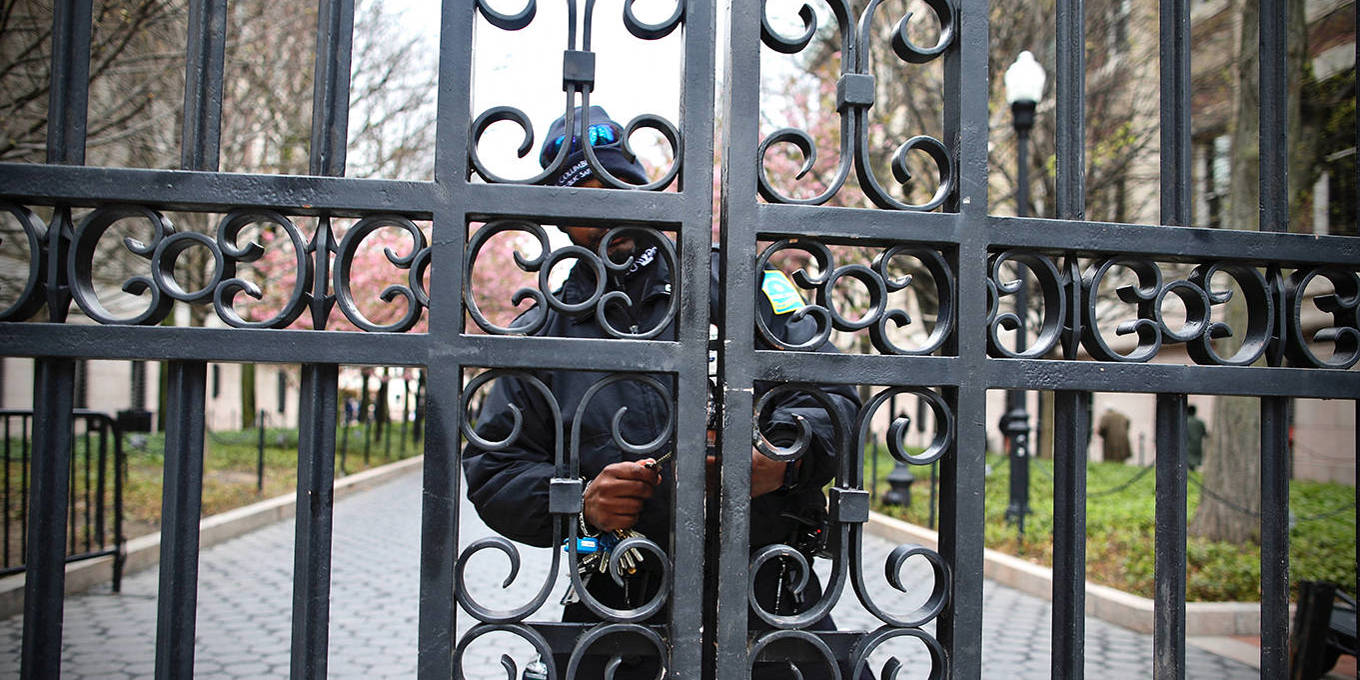Copyright Project Syndicate

NEW YORK – The United States is winning. Or at least that is how it looks if you’re tracking market indices and the parade of countries lining up to cut deals with President Donald Trump. The US economy is outpacing its allies. Stocks keep hitting record highs. And Asian and Gulf countries have pledged trillions of dollars in foreign direct investment in the US during the Trump presidency. Moreover, the United Kingdom, the European Union, and several Southeast Asian countries have offered non-reciprocal trade deals. Canada withdrew its plan to impose a digital services tax. Japan made unilateral concessions on automotive tariffs and Nippon Steel. And European pharmaceutical companies are relocating production to the US to avoid punitive tariffs. While the labor market is softening and consumer confidence is in the doldrums, spending (especially by the wealthiest Americans) continues to chug along. Combined with an AI investment boom and massive deficit spending – enabled by the dollar’s ongoing status as the global reserve currency – markets continue to bet on US liquidity and growth. But while the short-term picture looks strong, the US is trading long-term strategic advantages for immediate tactical gains, and the costs are accumulating in ways that won’t become apparent until it’s too late to reverse course. Start with immigration. For decades, America’s ability to attract the best and brightest from around the world has been the cornerstone of its technological, economic, and soft-power dominance. But now, the welcome mat is being rolled up. The Trump administration is increasingly hostile to immigrants (whether legal or illegal, skilled or unskilled), nativist sentiment among Americans is growing, and civil liberties (especially for non-white immigrants) are increasingly uncertain. The numbers speak for themselves: International student arrivals to the US have declined by nearly 20% relative to last year. Meanwhile, China is introducing new visas explicitly designed to poach high-skilled workers from the US, and Canada is plastering airports with recruitment pitches. As America becomes a less attractive destination for top global talent relative to its competitors, the long-term economic damage will compound. Then there are the universities. The Trump administration has not only targeted humanities departments, which have indeed often become intellectually insular and ideologically doctrinaire, but has also slashed research infrastructure at America’s (and the world’s) finest universities. These institutions keep America at the cutting edge of science and technology and attract tomorrow’s leading scientists, engineers, and entrepreneurs. Undermining that ecosystem will erode a key pillar of the US economy at a time when public trust in science itself is declining. Vaccine skepticism, conspiracy theories, and reflexive rejection of expertise are not just cultural quirks. They are structural disadvantages when competing against countries where faith in science and technology remains strong, leaving Americans in no position to drive the next wave of innovation. Take AI. The US is racing ahead in consumer-facing AI – chatbots, engagement-maximizing social media, tools to produce yet more addictive slop, ever-larger language models that claim to be one step closer to superintelligence – because that is where the money is. But these technologies are also fragmenting society, amplifying misinformation, and possibly contributing to a kind of collective psychosis. China, by contrast, has channeled AI development away from consumer applications in favor of defense and industrial uses, which carry less risk of social fragmentation and more strategic upside. The energy story is similar. On one hand, the US has become the world’s most powerful petrostate, which is not inherently a problem, considering that fossil fuels will continue to power data centers, agriculture, and heavy industry for decades to come. But the US has effectively ceded leadership on post-carbon energy to China, which already dominates battery technology, solar power, next-generation nuclear, and critical-mineral supply chains. The US is doubling down on the energy of the past at the expense of the energy of the future. Or consider trade policy. The Trump administration is imposing the highest US tariffs in a century, resulting in roughly a 17% regressive tax on American businesses and consumers, which are forced to pay more for intermediate inputs and final goods. Paired with a sharp turn toward industrial policy and state capitalism, the US is moving away from the free-market principles that made its economy so competitive in the first place. While targeted government intervention in select sectors (semiconductors, banking) can sometimes be justified on specific grounds (national security, financial stability), broad protectionism and state direction tend to make economies less, not more, dynamic over time. This short-term thinking extends to geopolitics. Most countries are prepared to give Trump wins (some pyrrhic, some significant) to avoid open conflict. But the same countries are also working to ensure that they never find themselves in this position again. The EU has finalized trade agreements with Mercosur, Mexico, and Indonesia. Brazil is deepening economic ties with Europe, China, and Canada. India is working to stabilize relations with China while accelerating infrastructure projects that reduce its dependence on US markets. And Saudi Arabia has signed a nuclear deal with Pakistan to hedge against future security neglect from Washington. Having learned the hard way that US policy can change course every election cycle, these countries are pursuing alternatives now while accommodating America in the short run. And because these hedges require huge amounts of political capital, years of investment, and a new institutional architecture, they will be hard to reverse once built. The US will continue outperforming allies and adversaries for the foreseeable future. Its lead is too large to be erased overnight, and in AI, it’s one of only two games in town and still preferred over China by much of the world. But the longer-term trajectory is troubling. America’s historical advantages over its peers – physical and institutional infrastructure, superior demographics driven partly by immigration, public tolerance for inequality underpinned by the perception of meritocracy, greater capacity for deficit spending – are all heading in the wrong direction. Despite being in a weaker overall position, China, which is known to take the long view, is doing what it can to exploit these shifts. Perhaps most worryingly, everyone in a deeply divided America seems to agree that the country’s biggest threat is domestic. They disagree only about where that threat lies. As a result, national politics will remain focused on internecine battles, rather than on making the deeper, patient investments – in people, institutions, research, and infrastructure – that long-term competitiveness requires. America’s short-term wins are real, but at some point, the bill will have to be paid.



